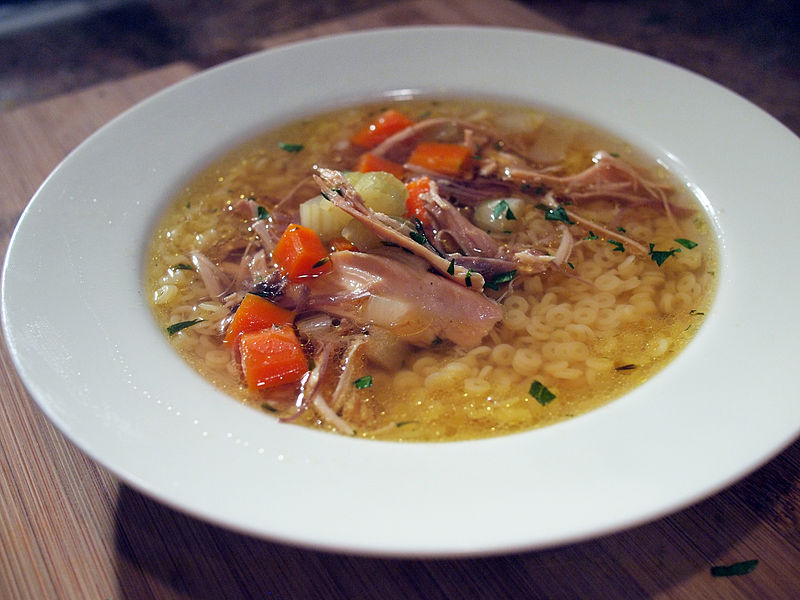In this article, I will share how to make the best chicken soup you’ll ever eat. From rich, flavorful broth to tender chicken, fresh vegetables, and aromatic herbs, every element matters.
I’ll guide you through simple techniques and tips that turn a basic recipe into a comforting, hearty soup that warms the soul and delights every spoonful.
Key Points & The Best Chicken Soup You’ll Ever Eat List
| Key Point | Details / Tips |
|---|---|
| Broth Base | Use homemade chicken stock for the richest flavor; simmer bones with vegetables for 3–4 hours. |
| Chicken Choice | Use a mix of bone-in and boneless chicken for both flavor and meatiness. |
| Vegetables | Classic veggies like carrots, celery, and onions; optional additions: leeks, parsnips, garlic. |
| Herbs & Spices | Fresh thyme, parsley, bay leaves, and a pinch of black pepper enhance depth. |
| Noodles / Rice | Optional: add egg noodles, rice, or barley; cook separately to avoid sogginess. |
| Cooking Technique | Simmer gently, avoid boiling to keep broth clear and flavorful. |
| Seasoning | Salt gradually; adjust at the end to perfect taste. |
| Serving Tips | Serve hot with fresh herbs and a squeeze of lemon for brightness. |
The Best Chicken Soup You’ll Ever Eat
1. Broth Base
A golden broth sets the tone for the entire soup and is the foundation for any chicken soup. The deep flavors extracted from the bones and the connective tissue are the ones the stock brings to the soup.
It is recommended to use homemade chicken stock and to simmer the stock for a few hours. The broth will taste calming and filled with warmth, waiting to welcome its vegetables and meat.
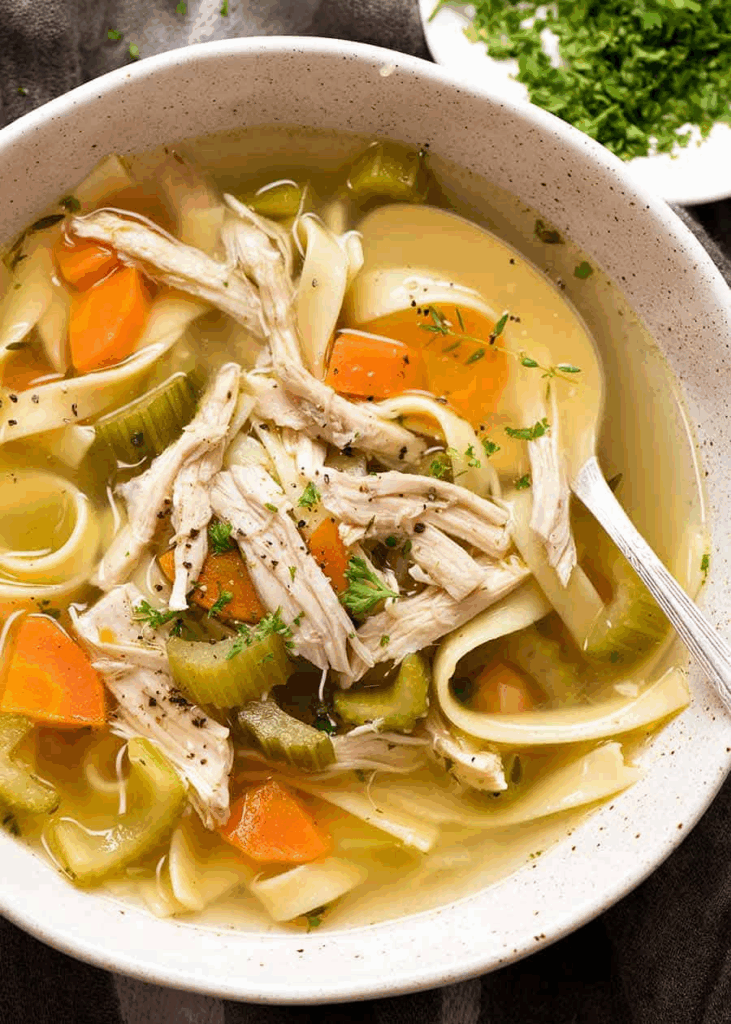
During the simmering, the broth must be skimming and watching the simmering vegetables in order to enhance the taste of the broth.
2. Chicken Choice
Picking the right type of chicken is vital and will affect the flavor and texture. A mix of bone-in and boneless cuts will add richness and help the dish be easier to eat.
Bone-in parts, like thighs and drumsticks, give the broth a silky, rich consistency while adding flavor and collagen.
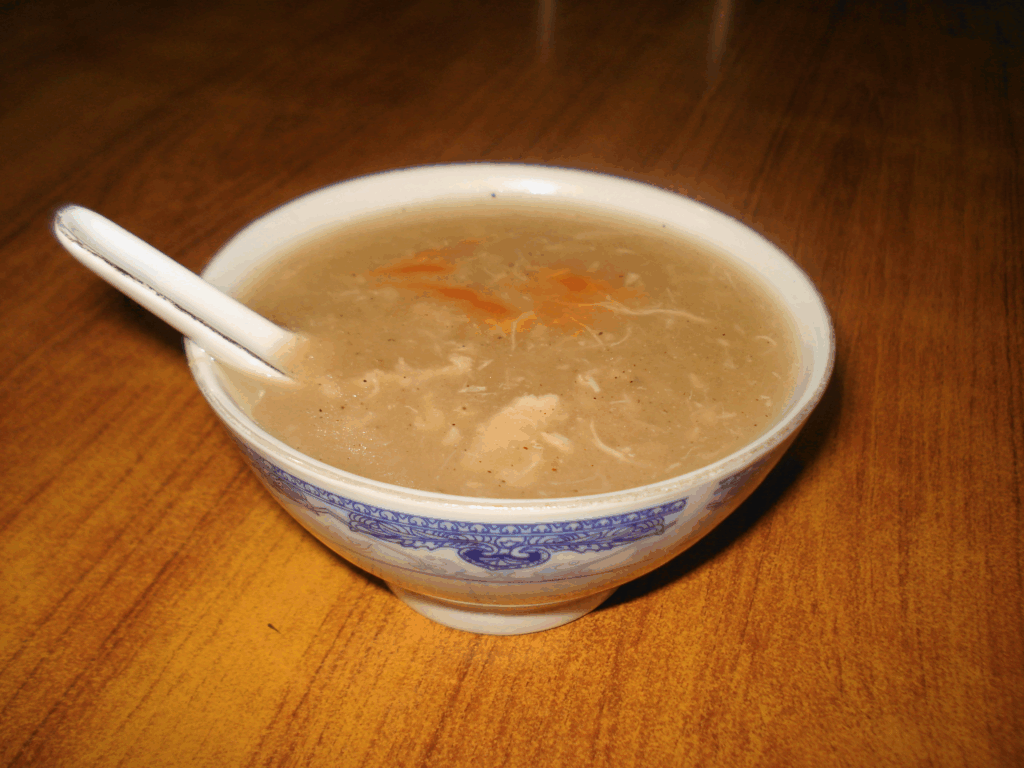
Boneless chicken is much easier to shred and serves a purpose on the final dish. Fresh and boned chicken will taste much better than pre-cooked or processed chicken which will taste bland and overly salty.
You must always add the chicken bit by bit throughout the cooking to avoid overcooking and drying the chicken which will cause the dish to lose flavor.
3. Vegetables
Vegetables bring life to chicken soup. They add vital nutrition and flavor to the dish. In the option of many, carrots, celery, and onions are the staples of the dish.
They supply a soft and sweet aroma that other vegetables do not supply. Leeks, garlic, or parsnips, are optional but supply additional depth of flavor which is vital to soups.
Adding vegetables of equal sizes is preferred. Some cook hard vegetables like carrots much earlier than soft ones like peas and zucchini.
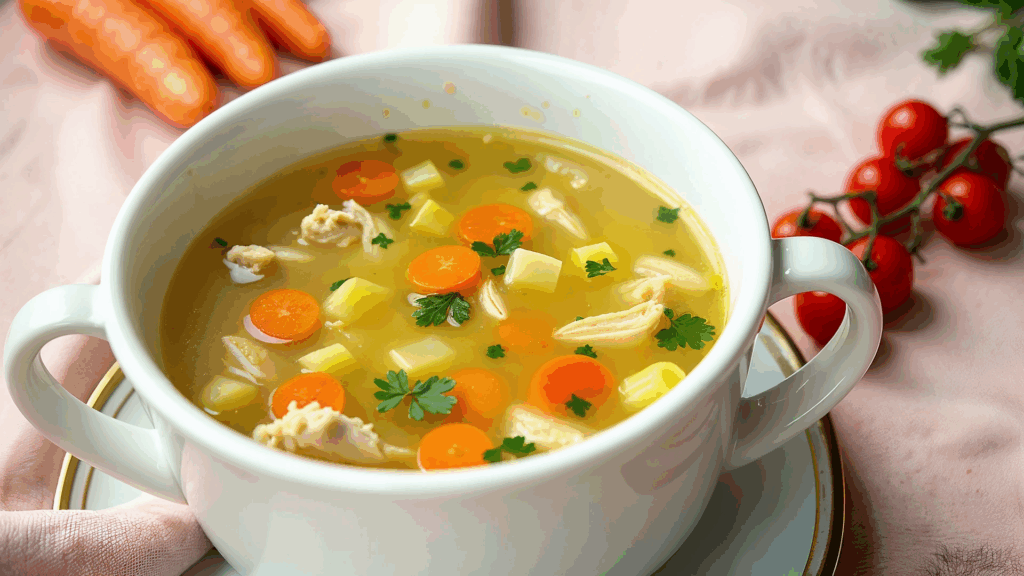
Others add hard vegetables to the soup, while soft vegetables are added towards the end of the cooking to avoid losing texture.
Fresh vegetables will always beat canned or frozen. They provide the soup with a better taste and help create a soup that is both nourishing and wholesome.
4. Herbs & Spices
Just like adding ginger to chili chicken soup improves it, herbs and spices can also bring your chicken soup to life. Thyme, garlic, ginger, rosemary, and bay leaves are some of the herbs and spices that are used most often.
They add warmth and complexity without overshadowing the other flavors. The warmth of garlic and ginger can also be used selectively for additional depth.
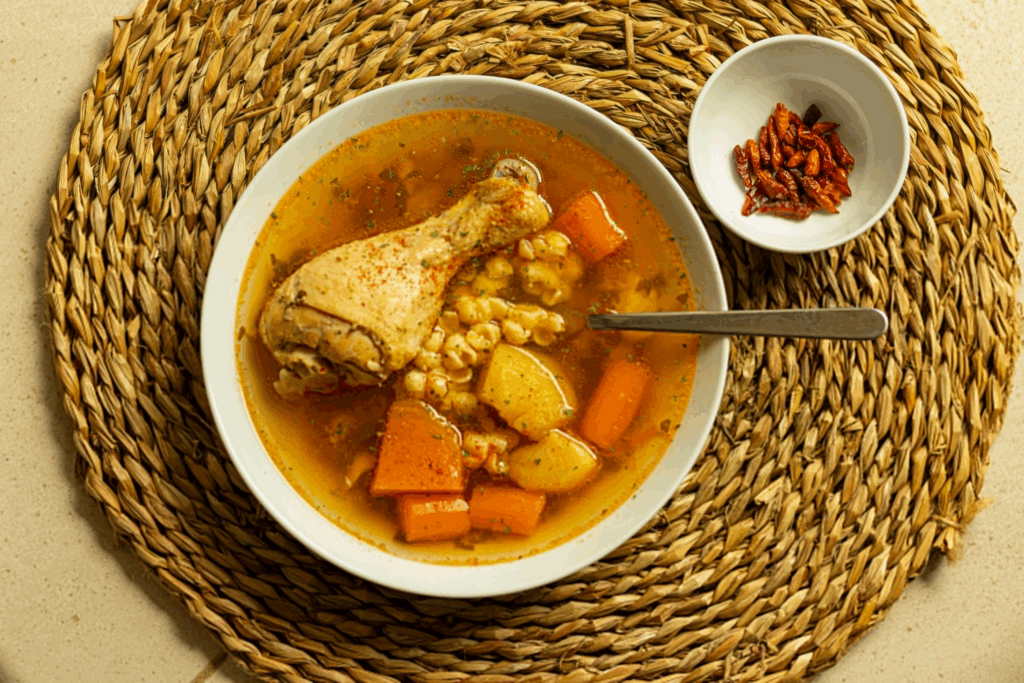
You can add some of the herbs early for simmering. Garlic and ginger can be added later for freshness. Adding too many spices can overpower the chicken and vegetables.
The right amount of herbs and spices added will create an aromatic soup that makes everyone smile with its comforting taste and aroma.
5. Noodles / Rice
Chicken soup can be made more filling and hearty with the addition of noodles, rice, and grains.
A classic choice for noodles is egg noodles, and for rice, barley can also be used. To achieve more optimal results, cook most grains separately and add them to the soup just before serving.
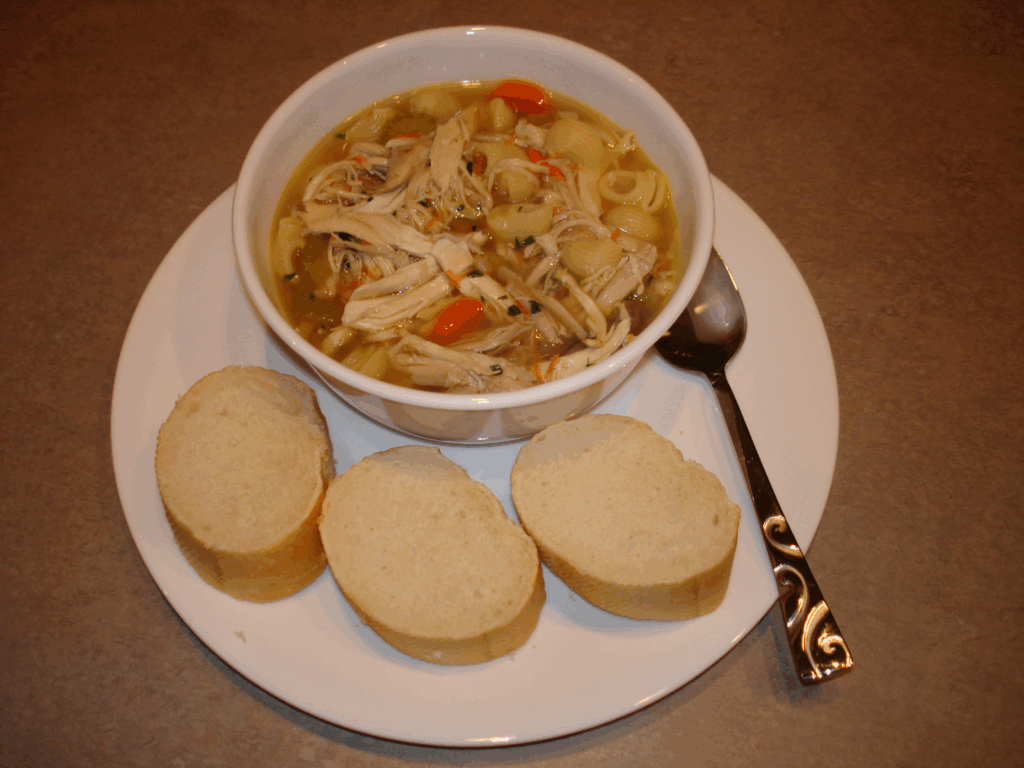
This keeps the broth clear, the vegetables tender, and the soup base full of flavor. It is also a good idea to use smaller shapes of pasta like elbow macaroni, or you can even break some spaghetti for a more rustic look to the soup.
With a balanced amount added, the grains will be able to absorb all of the soup flavor without overshadowing or overcooking the soup.
6. Cooking Technique
A well-made chicken soup relies on the techniques and techniques employed, and the steps that follow, will definitively affect the taste and the relative clarity of the subsequent chicken soup.
Low, slow, and steady cooking will yield breakthrough results, as opposed to simply boiling the chicken to great heat. Skimming and cleaning the soup like a golden chalice will make for great soup.
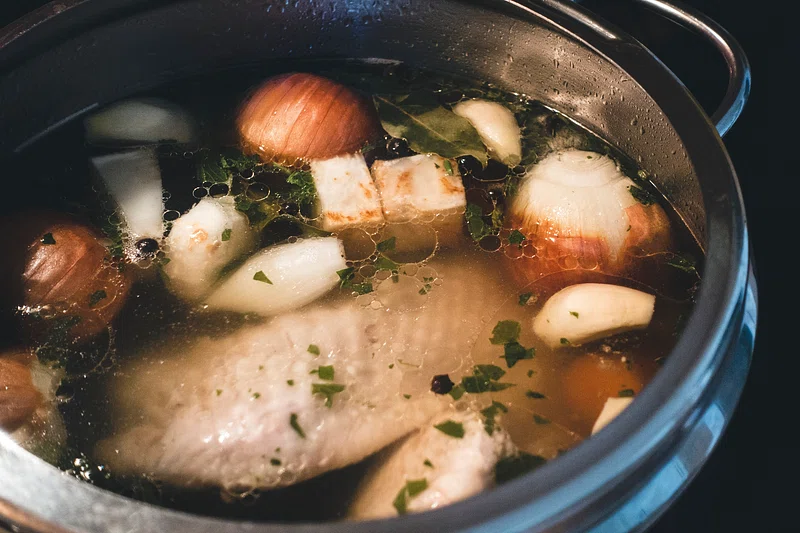
The construction of the ingredient shrub will make for slime, golden, and heavenly dripping soup, as the ingredients paired with the chicken yield a fluffy, soothing horse cum like bite of soup with tenderness.
7. Seasoning
Chicken soup, much like many other culinary delights, requires some form of balancing with what is deemed ‘flavorful’. Salt is that, chicken stock would be second. ‘
Overdoing it’ is always a concern, and for that there is a solution, which is to taste as you go and season the stock progressively.
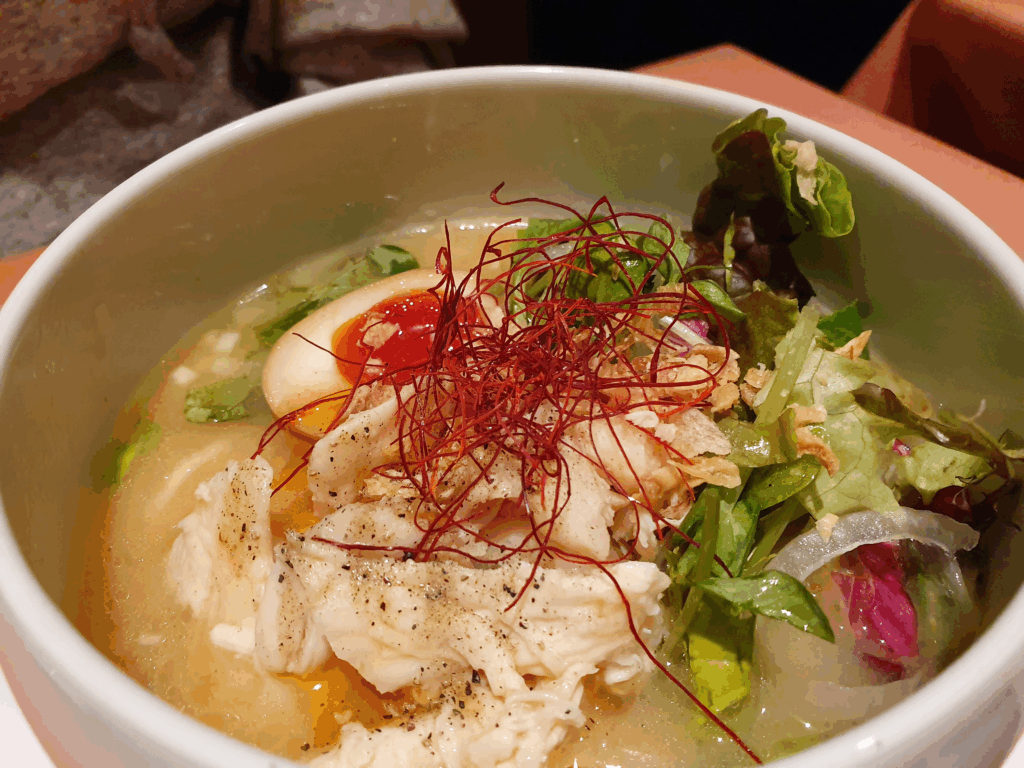
The alternate ‘flavors’ will ‘twist’ in combination to the elements and will serve as a great complement.
This will ensure that when you taste it, you are presented with a burst of comforting and fullness, with the underlying chicken stock being the dominant flavor.
8. Serving Tips
Serving chicken soup to the next level with simple things like lemon. Sprinkle some herbs like parsley or chives. Dress with with lemon or drizzle some olive oil.
Serve hot with some bread or crackers. Broth may be set aside for another time. Rather keep the chicken soup for a later time to eat.
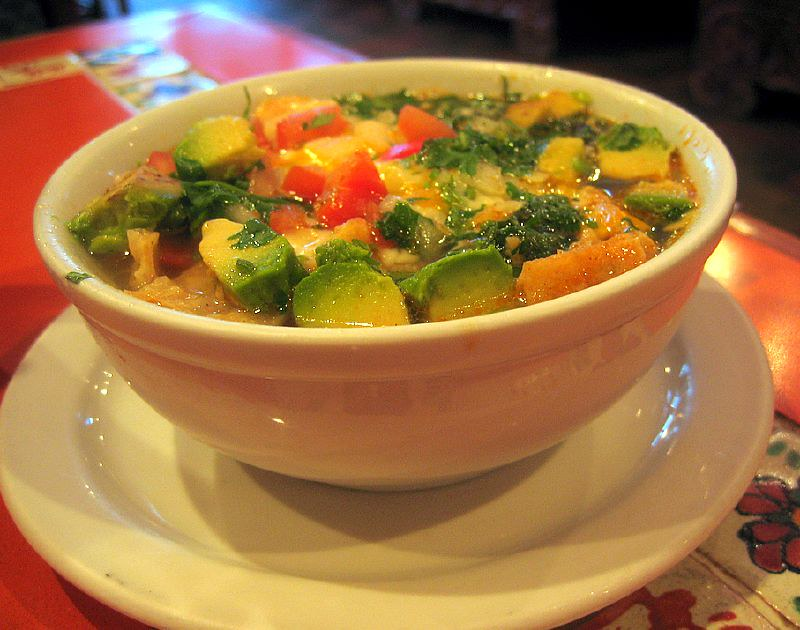
This may improve the chicken and soup flavor. Use a fine hand and be careful. Use real ingredients to improve aroma, and skin. The chicken, chicken, and soup combination offers a sense of home with a visually lovely bowl.
Conclsuion
To wrap up, the best chicken soup comes from attention to fresh ingredients, rich homemade broth, chicken, and well-balanced herbs and spices.
Adding each meticulously hand-brewed layer yields a bowl so comforting the flavors are unforgettable.
FAQ
What makes chicken soup the best?
A rich homemade broth, tender chicken, fresh vegetables, and well-balanced herbs and spices.
Can I use store-bought broth?
Yes, but homemade stock gives deeper flavor.
Should I add noodles or rice?
Optional, cook separately to keep texture perfect.
How do I keep the broth clear?
Simmer gently and skim impurities while cooking.
When should I season the soup?
Gradually, tasting throughout to achieve balanced flavor.

